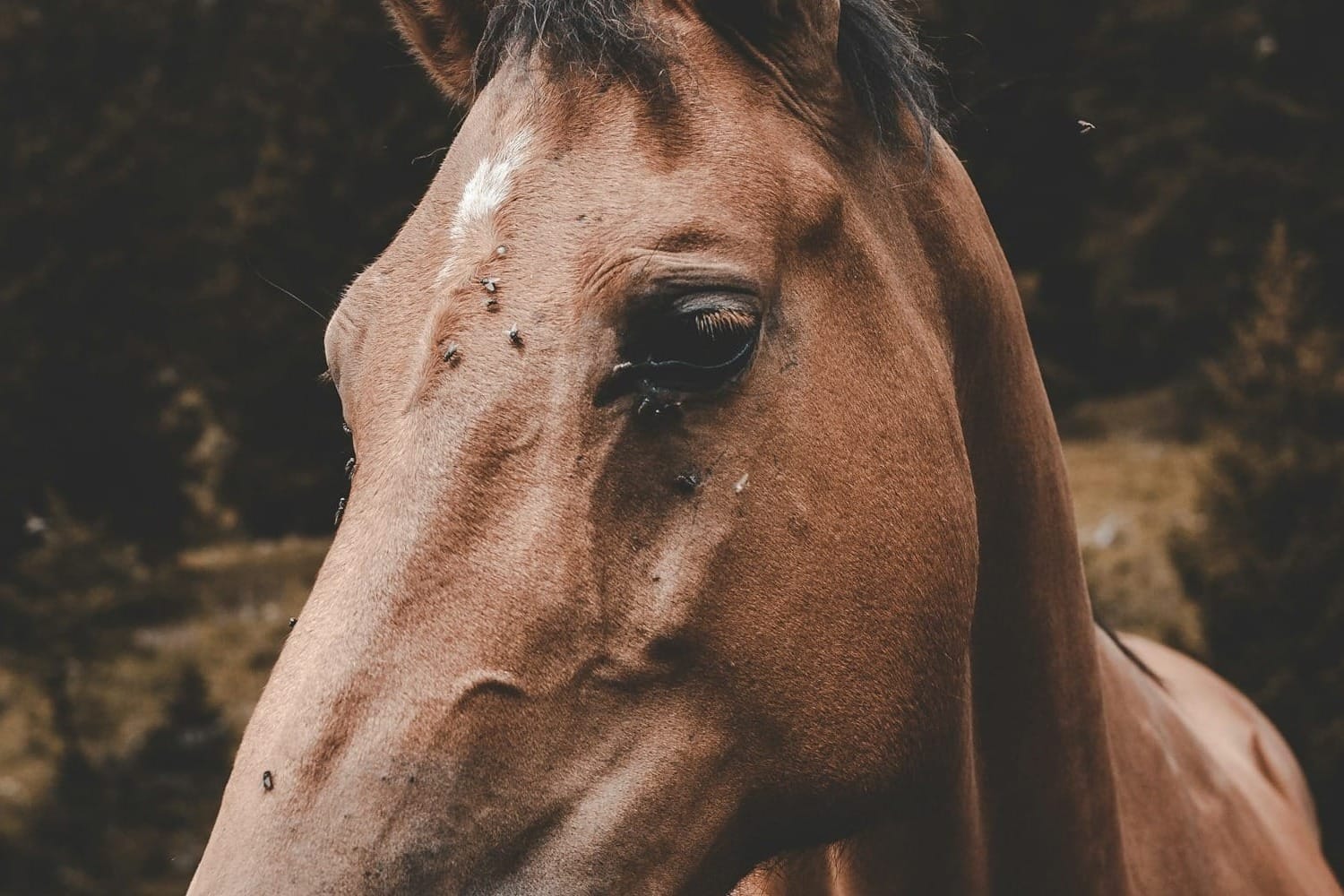Why Are There So Many Flies at a Horse Barn? And What Can I Do About It?
Flies are annoying, but not unbeatable. Clean stalls, fans, fly predators, and proper manure management can all cut down the swarm. Your horse and your sanity will thank you.

If you’ve ever spent time at a horse barn, you’ve probably noticed one thing (aside from the horses): the flies. They're buzzing around water buckets, clustering near manure piles, and constantly bothering horses and humans alike. But why are they everywhere, and what can you realistically do to keep them under control?
Let’s break it down.
Why Are There So Many Flies?
Flies are a fact of life at barns but their presence isn’t random. Here’s why they love the barn life:
Manure: Nature’s Fly Magnet
Flies, especially house flies and stable flies, lay their eggs in manure. A single pile of manure can produce thousands of flies in just a few days. Horses poop a lot, so unless it’s managed constantly, your barn becomes the perfect breeding ground.
Moisture + Warmth = Fly Paradise
Flies thrive in warm, damp environments. Think wet shavings, spilled water buckets, urine-soaked bedding, and soggy feed. Add heat, and you’ve got an incubator.
Food Sources
Flies aren’t picky. They’ll go for spilled grain, molasses-rich feeds, hay scraps, or even open trash cans. If they can smell it, they’ll come.
Animal Hosts
Some flies, like stable flies and horseflies, feed on blood. Horses make perfect hosts, especially in warmer months. These flies aren’t just annoying they bite, irritate the skin, and can transmit diseases.
What Can You Do to Minimize Flies?
While you may never eliminate flies entirely, you can dramatically reduce them with a few smart strategies:
Manure Management Is Everything
- Pick stalls and paddocks daily (twice a day if possible in summer).
- Remove manure from the property or compost it far from the barn.
- Keep manure bins covered and sealed.
Control Moisture
- Fix leaky faucets and hoses.
- Keep bedding dry and remove soaked areas promptly.
- Store feed in sealed containers and sweep up spills.
Fly Control Products That Actually Work
- Fly sprays: Use repellent on horses daily, especially before turnout or riding.
- Fly masks, sheets, and boots: Physical barriers work wonders.
- Fly predators: These tiny parasitic wasps can reduce fly populations by targeting larvae.
- Sticky traps and baited traps: Place them strategically, away from stalls but near high-traffic areas and pastures.
- Feed-through fly control: Some supplements prevent fly larvae from developing in manure.
Eliminate Breeding Grounds
- Clean out old hay, bedding piles, and unused corners.
- Move water troughs occasionally to avoid soggy ground build-up.
- Mow tall grass and keep weeds trimmed around the barn.
Mind the Smells
- Flies are attracted to odors. Use stall deodorizers or lime to reduce ammonia buildup in urine spots.
- Keep trash tightly sealed and emptied often.
The Bottom Line
You can’t completely fly-proof a barn but with the right routine and tools, you can make it a whole lot less appealing to these pesky visitors. It comes down to consistency: clean stalls, dry spaces, physical protection for your horses, and fly control systems that suit your setup.
Your horses will thank you. (So will your sanity.)

